The Jallianwala Bagh then was a private property of a sardar family – Himmat Singh – A Noble in the court of Maharaja Ranjit Singh.
The Jallianwala Bagh massacre, -One glaring example of British cruelty is that of the Jallianwala Bagh tragedy (April 13, 1919)-a milestone for the nationalists towards the journey to the destination of Independence. Brigadier-General Reginald Dyer, who was given control of Amritsar by Lt. Governor of Punjab Michael O’Dwyer, chose April 13, the day of harvest festival, Baisakhi, for his revenge.
To vent their protest against the Rowlett Act, which gave the rulers the power to detain anyone without trial, some 20,000 people had collected in a garden, called Jallianwala Bagh, a stone’s throw from the Golden Temple. Dyer set the police on the gathering like hunters unchaining their ferocious hounds to bring the pursued animal to bay. He purposely blocked the garden’s only gate to prevent anyone from escaping from the place. Targeted by machine guns, men, women and children had no escape or respite from the bullets till the police exhausted their ammunition.As many as 1,650 rounds were fired. Scores of people jumped into the garden’s only well, a mute witness to that barbarous massacre. Some 400 people died on the spot and more than 1,500 were injured.
Dyer was initially lauded by conservative forces in the empire, but in July 1920 he was censured and forced to retire by the House of Commons. He became a celebrated hero in Britain among most of the people connected to the British Raj. He explained later that this act “was not to disperse the meeting but to punish the Indians for disobedience.”
The well where hundreds of people jumped in to save their lives… but vain
The bullet marks still remains….
The memorial
The memorial is managed by the Jallianwala Bagh National Memorial Trust, which was established as per the Jallianwala Bagh National Memorial Act passed by the Government of India in 1951.
![]()




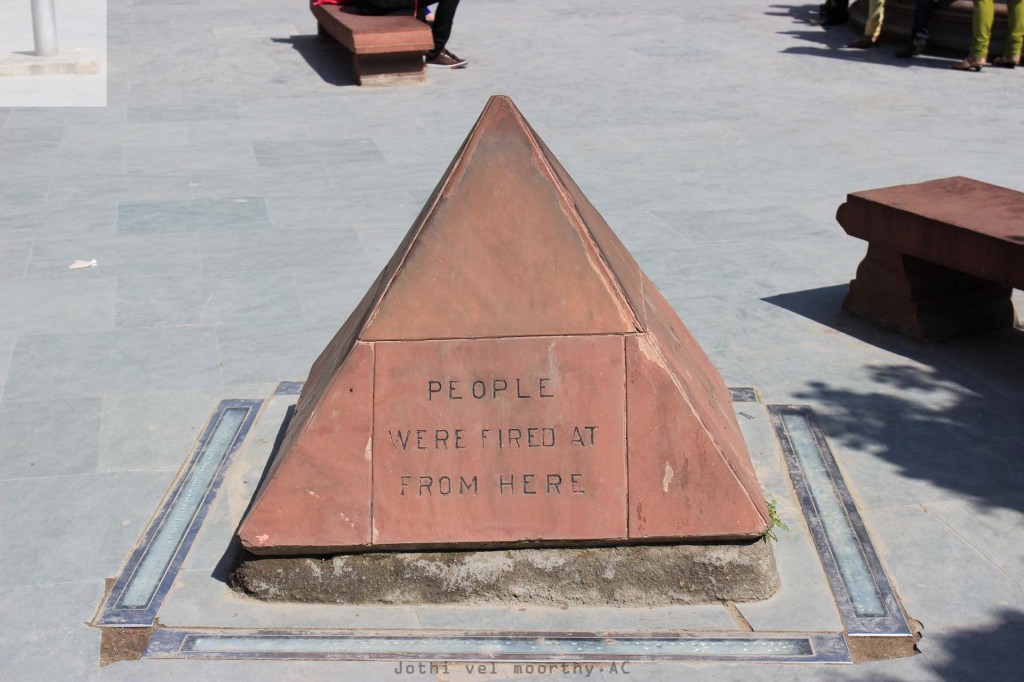
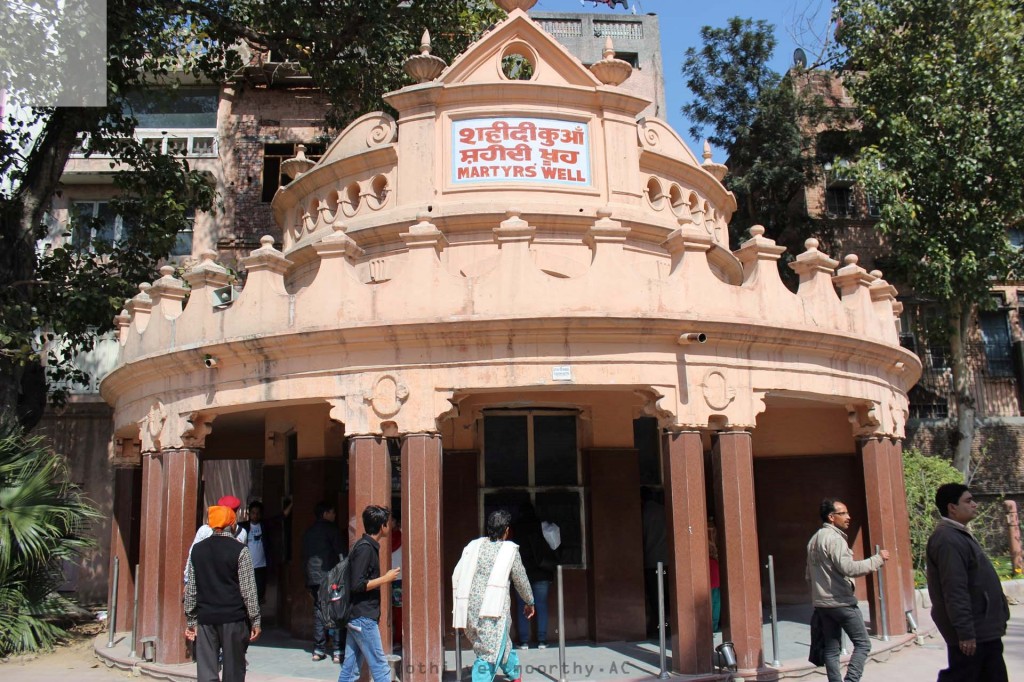


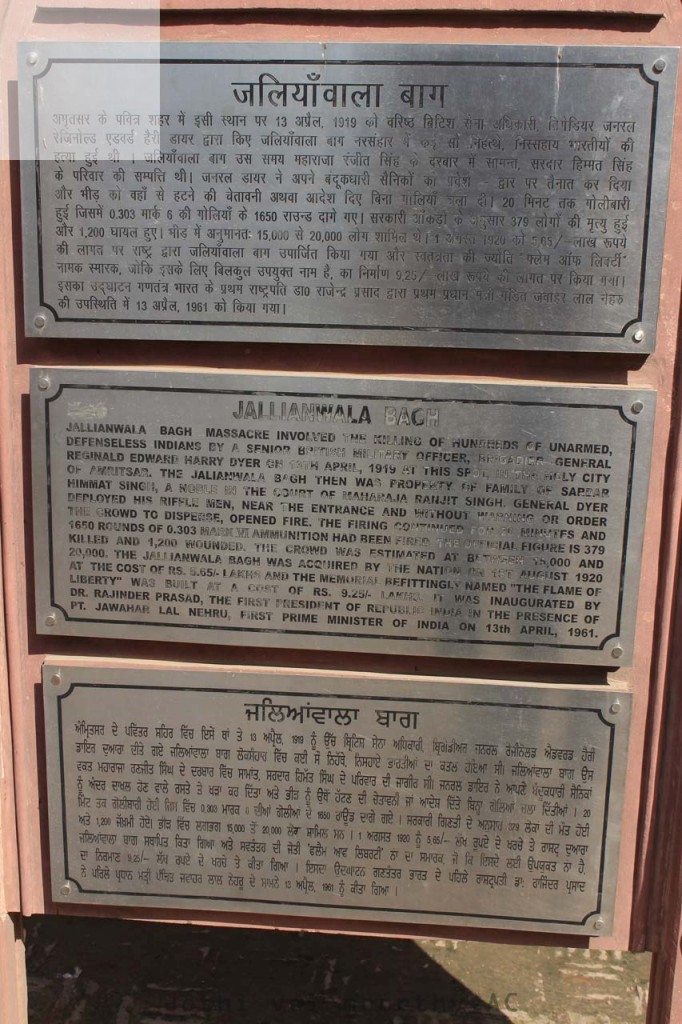
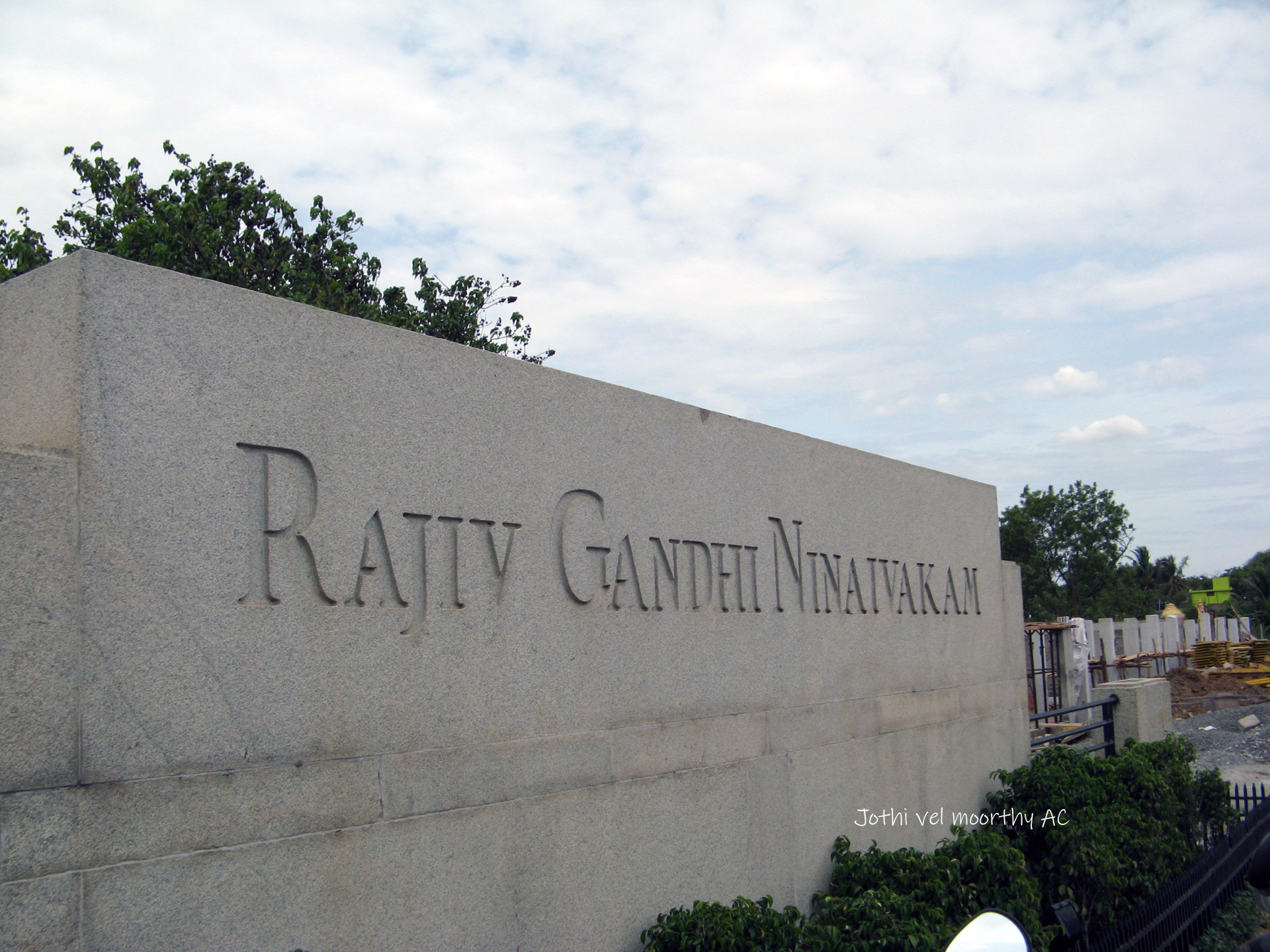
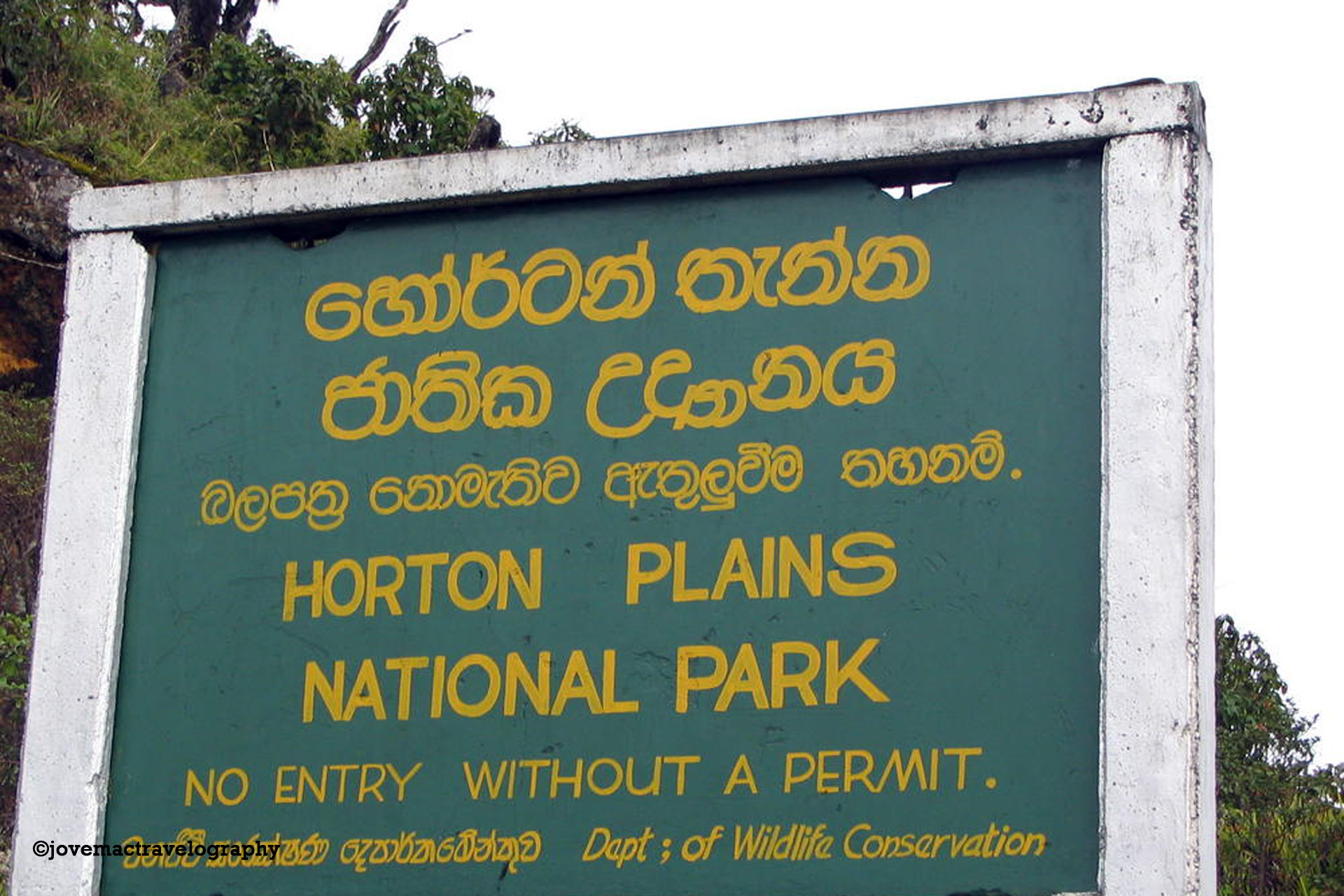
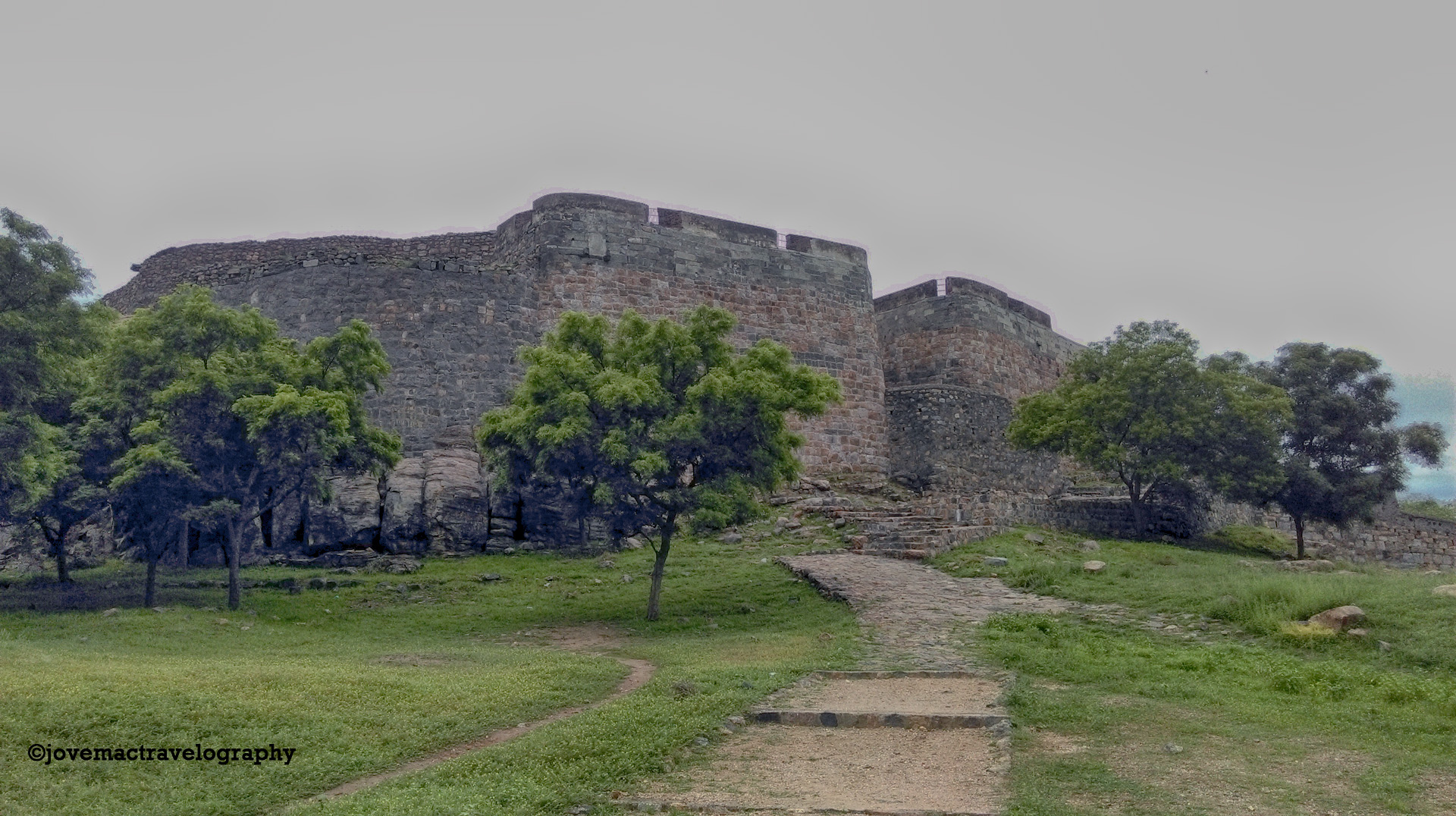
We’ve read about it, studied about it… but seeing it here in pictures, imagining what they must have felt, it’s overwhelming. The cruelty of the Britishers is abominable…